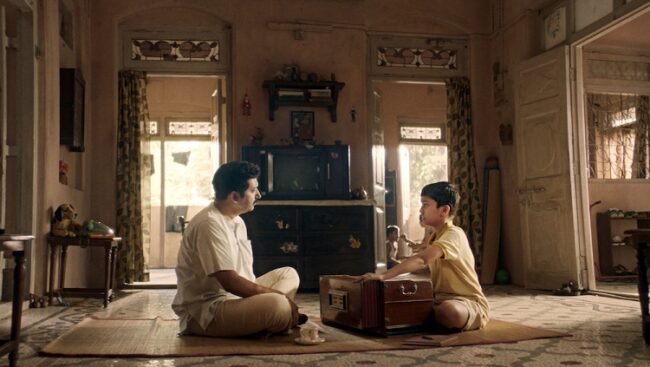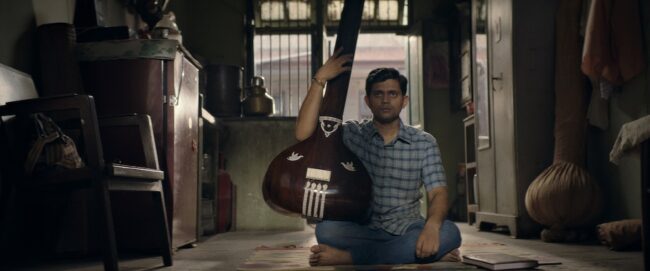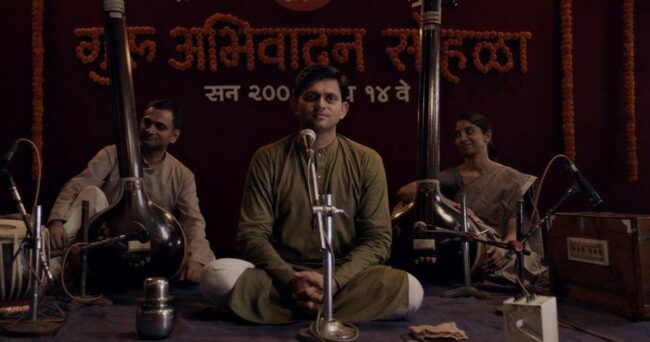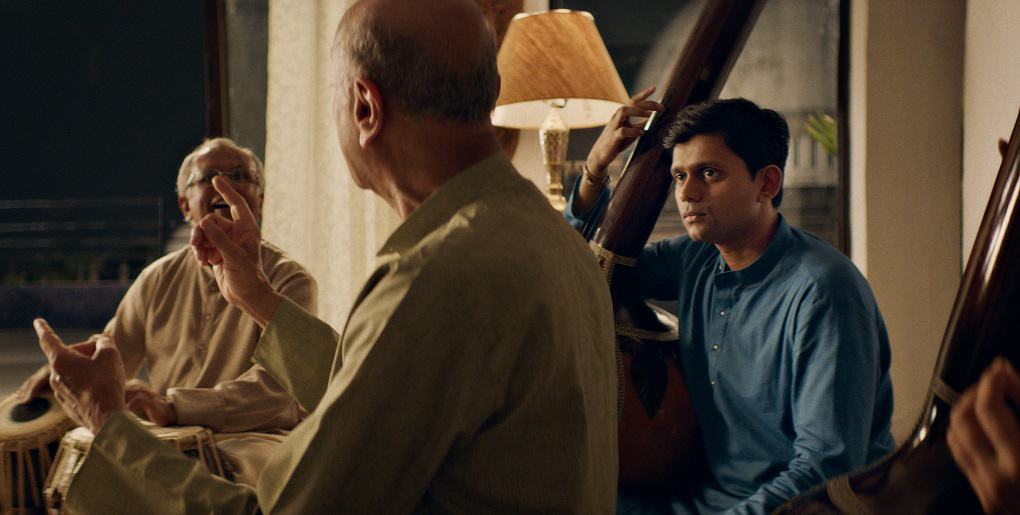In an essay titled ‘God’s Little Artist’, art historians Rozsika Parker and Griselda Pollock propose the concept of the ‘genius artist’ in the popular imagination to be a fairly modern one. Up until the eighteenth century, the artist was seen as a mere craftsman or artisan. But by a modern definition, they have come to acquire a special status: “A mixture of supposed genetic factors and social roles distinguish the artist from the mass of ordinary mortals, creating new myths, those of the prophet and above all the genius, and new social persona, the Bohemian and the pioneer.”
Every artist dreams of achieving greatness in their field keeping in mind the celebrated and revered artists who preceded them. Such an inclination exists because there is a history and heritage to what one does. Literary critic Mathew Arnold’s ‘Touchstone Method’ states that in judging a poetic work, one should compare it to recognized poetic masterpieces. The works of great masters should act as a touchstone.
Between Idols and Ideals
The artist’s admiration for the past and desire to preserve tradition is made explicit in the opening sequence of The Disciple (2020), directed by Chaitanya Tamhane. The scene opens with a long shot of Sharad (Arjun Modak) playing with his Guruji (Arun Dravid) in the presence of an audience. Silently and tacitly the camera closes in on Sharad’s face as we watch him watch his Guruji sing, as awe and jealousy play on his face.

Sharad’s artistic ambition in Indian Classical Music began in his childhood when he was taught singing over a harmonium by his father. In striving to become a master vocalist, Sharad practices every day religiously and pays close attention to his idols. When he feels overwhelmed by its demands, he goes out on his bike listening to Maestro Sindhubai Jadhav tapes, popularly known as Mai, enchanted by this legendary vocalist his father had always talked about. Mai’s presence in the film remains largely mythical. Her soothing, cracking voice against tanpura plays out in Sharad’s head as he glides in a dream-like state through the city that never sleeps.
“Saints and ascetics have attained this music after thousands of years of rigorous spiritual pursuit…Through this music, we are shown to the path of the Divine.”
Mai’s lyrical utterances about truth and sincerity burden Sharad with self-doubt and restlessness. The ‘guru-shishya parampara’ in Classical Music represents a spiritual ideal where the student surrenders to the teacher in order to receive knowledge and skill. One such skill is Khyal, a genre in Indian Classical Music, which is taught to Sharad by his guruji. Khyal means imagination and this genre of singing requires both improvisation and adherence to the fixed framework (raga). It is no surprise that Sharad struggles with this. He knows the method and he is aware of the craft but does he have the inner truth, perspective, or purity that Mai demands?
Sharad’s conflict is not a simple choice between imitating his idols and finding his voice but something even more terrifying: the possibility of not having that voice. The brilliance of Aditya Modak’s performance lies in displaying that hint of awareness that Sharad has about his incompetency.
Idealism and Cynicism of Sharad
The art discourse is predominantly centred around its sacred and sublime nature. It is elevated above everyday life to the level of some kind of religion. The artist is portrayed as a lonesome, obsessive, strange, and eccentric figure who is ready to sacrifice everything to achieve artistic excellence. Their highs and lows are extreme and their artistry is aspirational.
Tamhane depicts an artist whose failure is simple and quiet and hence, frightening. Sharad’s journey is a slow-burning and unsettling portrait of an artist’s day-to-day life. In his case, art is not transformative or transcending and the epiphany never arrives. What probably follows is a quiet acceptance and a lifelong resentment. It is the question that even after long hours of training, will he never achieve the level of genius he has idealized so much in his gurus?

Sharad believes in the power of art and dedicates himself to it. His idealism is more evident in his youth. He obsesses over what he will wear on stage since his father told him that “everything is part of a performance” and scoffs at the artists who ‘sold’ themselves to the temptation of fame and compromised with their art.
This idealism alters into insecurity and cynicism as the world around him also transforms. Art gets commercialized in conjunction with reality. Though, this time Sharad is not scoffing but jealously witnessing the change. As an older person in his 30s, he starts teaching music to students. Not entirely quitted his field of artistry, his spiritual quest is not untainted by Youtube comments, Smartphones, and late-night masturbation. He watches enviously how a young classical singer becomes an overnight sensation in a reality T.V. show or when his student gets an offer to join a fusion band in the college.
Trappings of the tradition
Tamhane is empathetic towards Sharad as an artist who gives his all but is never able to make it. However, he doesn’t let the compassion go undisputed. He stays with Sharad but also adopts an observant, almost documentary-like approach, to reveal the hypocrisy of the art world and its self-congratulating nature. Sharad is never mocked but his inadequacies are regularly exposed.
Past remains a living presence in his pursuit of greatness. Anxious that he will never be able to achieve even half of what his precursors did, he is trapped in a tradition that only strengthens as it ages. The hand of heritage around him converts his inspiration to his limitations. The artist’s rosy and ultimately, a hazy vision of the tradition, simply to live up to the heights of the greatest, strips them of their originality and the courage to find their individuality. In a desperate attempt to be accepted, they set themselves up for failure.

The final blow to his idealism comes from the noted music critic Rajan Joshi who thrashes his idols one by one. Joshi dismisses the story of Mai not wanting to perform in public: “Is there any artist who is not interested in performing?” Sharad naively protests, “She is different.” But the damage has already been done. In a similar vein as the first scene, the camera takes a long shot until it slowly settles on Sharad’s face as rage, disbelief, and disillusionment start setting in – a stark contrast from the intense devotion he displayed in the beginning.
Sharad’s breakdown as an artist
It is this kind of nuance Tamhane employs that makes moments like these unnerving. Sharad’s guruji at one time lightly chides him for lacking perspective in what he does. His performance is more chaotic than coherent; the mind is more restless than centred. One can see Sharad feeling discouraged and disturbed, in a struggle with his own mediocrity.
Modak plays Sharad as a man with very little expression and plenty of bottled emotions. There is no melodramatic breakdown of a creative genius descending into madness but a quiet conflict of a common man. Sharad is not a failure but he is also not the greatest. Ultimately, in the art world, this can be the greatest failure. Sharad’s endurance will seem triumphant in other films, but in Tamhane’s hands, it is devastating.
Watch The Disciple on Netflix!

